Best Living Room Chairs For Back Pain Relief
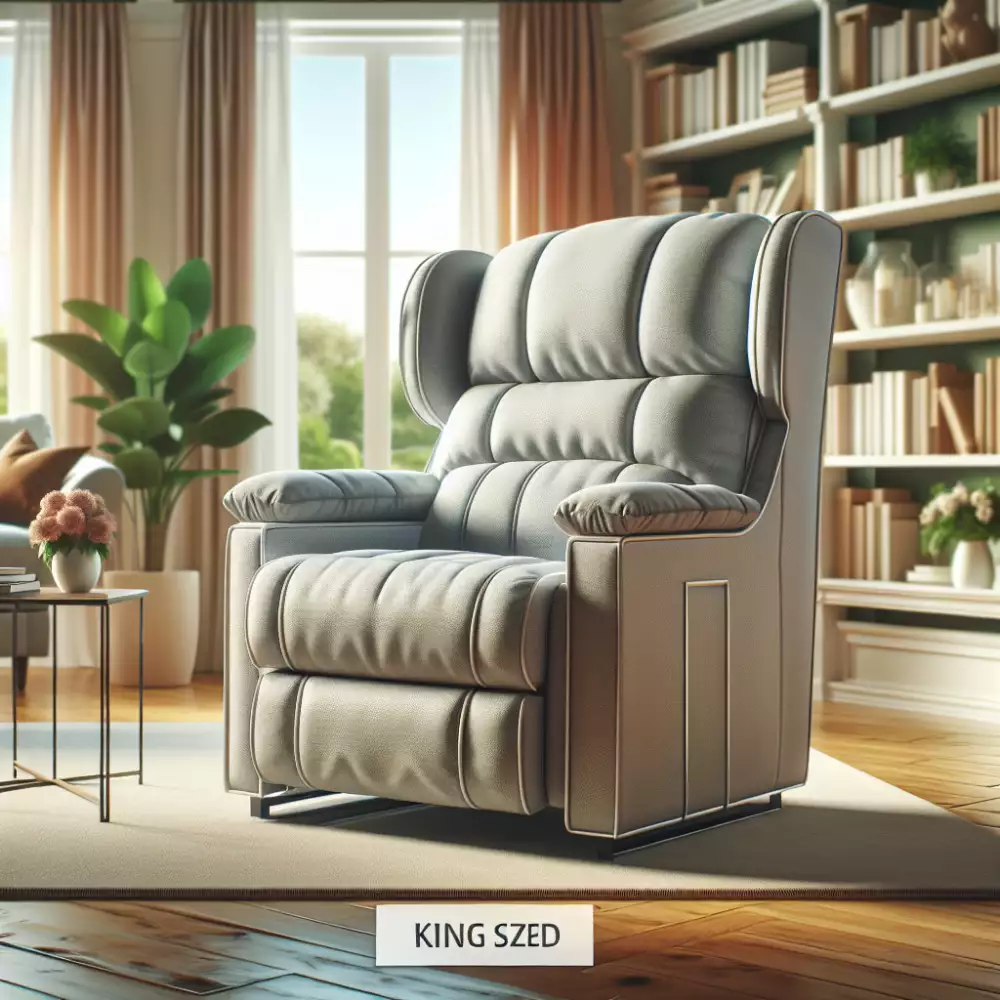
- Importance of Proper Back Support
- Ergonomic Chair Design Features
- Lumbar Support and Adjustability
- Seat Depth and Waterfall Edge
- Armrest Height and Padding
- Choosing the Right Chair Height
- Upholstery and Material Options
- Testing Chairs for Comfort
- Consulting with a Healthcare Professional
- Additional Tips for Back Pain Relief
- Recommended Chair Types
- Budget Considerations
- Maintenance and Care
- Creating a Back-Friendly Living Room
Importance of Proper Back Support
For many people experiencing back pain, finding a comfortable and supportive living room chair can feel like searching for a mythical creature. But it doesn't have to be this way. The importance of proper back support cannot be overstated, especially for those who struggle with back pain. The right living room chair can make all the difference in managing discomfort and improving your quality of life.
A chair with good back support helps maintain the natural curvature of your spine, which is crucial for preventing further pain and promoting good posture. When your spine is properly aligned, there is less stress on your muscles, ligaments, and discs, reducing the likelihood of pain and stiffness. Look for chairs with adjustable lumbar support, allowing you to customize the level of support for your lower back. This feature is essential for accommodating different body types and ensuring optimal comfort.
Consider the chair's depth and height. The seat should be deep enough to support most of your thighs while allowing your feet to rest flat on the floor. The backrest should be high enough to support your entire back, particularly the lumbar region. Armrests are another crucial aspect to consider. They provide a place to rest your arms, taking pressure off your shoulders and neck. Opt for chairs with adjustable armrests so you can find the perfect height for your comfort.
Remember, finding the best living room chair for back pain is a personal journey. What works for one person may not work for another. Don't hesitate to try out different chairs and pay attention to how your body feels. With a little research and patience, you can find a chair that provides the support and comfort you need to relax and enjoy your living space.
Ergonomic Chair Design Features
When shopping for the best living room chair for back pain, ergonomics is key. Look for a chair with excellent lumbar support to cradle your lower back and maintain its natural curve. Adjustable height is crucial to ensure your feet are flat on the floor and your thighs are parallel to it, reducing strain. Opt for a chair with a seat depth that allows for a couple of inches between the back of your knees and the seat edge, promoting good posture. A slight recline function can be beneficial, taking pressure off your spine. Finally, consider a chair with adjustable armrests to support your arms and shoulders, further alleviating tension in your back. Remember, the most comfortable living room chair for individuals with back pain is one tailored to your unique needs and preferences.
Lumbar Support and Adjustability
For those with back pain, proper lumbar support in a living room chair isn't a luxury – it's a necessity. A chair with good lumbar support helps maintain the natural inward curve of your lower back, preventing slouching and reducing strain on your spine. Look for chairs with adjustable lumbar support, allowing you to customize the amount of support to your unique needs. Some chairs offer inflatable lumbar supports, while others use adjustable straps or cushions. This adjustability is crucial as back pain varies from person to person. Beyond lumbar support, consider the adjustability of the chair's other features. A reclining mechanism can be beneficial, allowing you to find a position that alleviates pressure on your back. Adjustable headrests provide additional support for your neck, further promoting proper spinal alignment. Remember, the goal is to find a chair that helps you maintain a comfortable and supported posture, reducing strain and minimizing back pain.
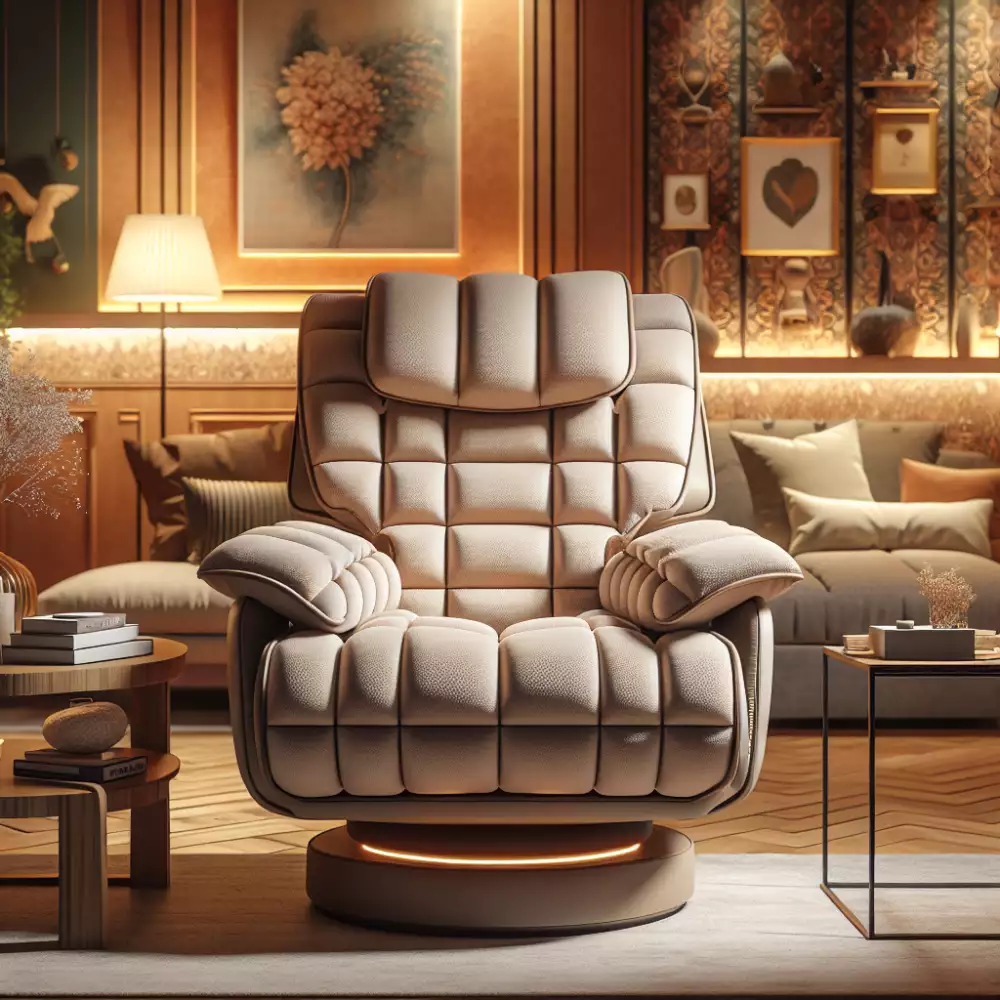
Seat Depth and Waterfall Edge
When choosing a living room chair for back pain, pay close attention to seat depth and the presence of a waterfall edge. Seat depth, the distance from the front edge of the seat to the back, greatly impacts back support. If you're on the shorter side, a shallower depth prevents you from feeling like you're swimming in the chair and encourages proper posture. Conversely, taller individuals benefit from a deeper seat to avoid their legs feeling cramped.
A waterfall edge is a gentle slope at the front of the seat cushion. This design element alleviates pressure on the back of your thighs and knees, promoting better circulation and reducing pain and numbness. This feature is particularly beneficial for those who spend extended periods sitting or have existing circulatory issues. Remember, a chair that allows your feet to rest flat on the floor with your thighs comfortably supported is key to minimizing back strain.
Armrest Height and Padding
When seeking relief from back pain, the seemingly insignificant details of a living room chair become paramount. Armrest height and padding play a crucial role in providing adequate support and alleviating strain. Ideally, armrests should be at a height that allows your elbows to rest comfortably at a 90-degree angle while keeping your shoulders relaxed. This posture promotes natural spinal alignment and reduces stress on your back muscles. Opt for chairs with adequately padded armrests to cushion your elbows and wrists, further reducing pressure points and enhancing comfort. Memory foam or high-density foam padding can conform to your body's contours, providing personalized support and pressure relief. Remember that armrests that are too high can cause shoulder elevation and neck pain, while those that are too low offer inadequate support, leading to muscle fatigue. The right armrest height and padding can make a significant difference in your comfort and overall back health.
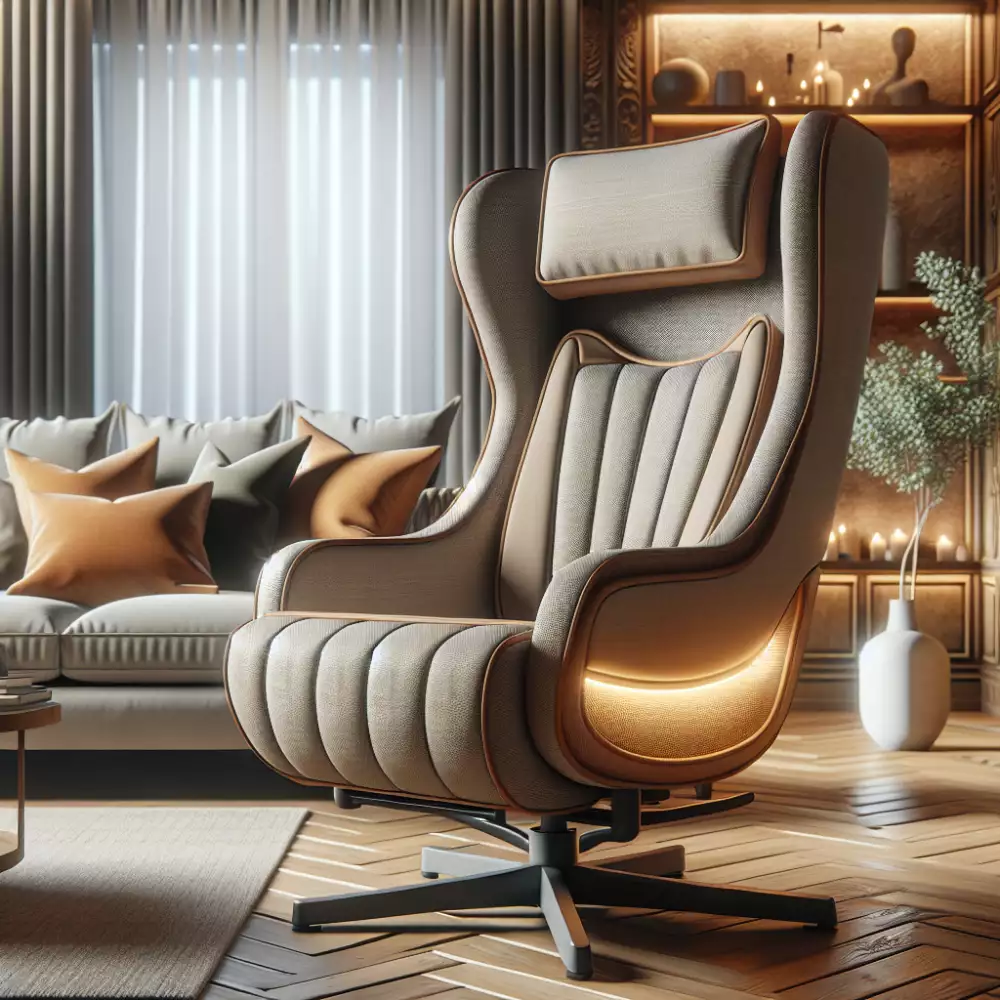
Choosing the Right Chair Height
Finding a living room chair that doesn't leave you aching can feel like searching for a needle in a haystack when you have back pain. One crucial factor often overlooked is chair height. The right chair height can make a world of difference in supporting your back and reducing pain.
Look for a chair that allows your feet to rest flat on the floor while your knees are level with your hips. This positioning helps maintain the natural curve of your spine, reducing strain on your back. If your feet don't reach the floor, use a footrest to elevate them. Avoid chairs that are too high or too low. A chair that's too high will leave your feet dangling, putting pressure on the back of your thighs and lower back. Conversely, a chair that's too low makes it difficult to get up and down, potentially aggravating back pain.
When trying out chairs, pay attention to how easy it is to get in and out. A chair with a slightly higher seat height can make standing up easier, especially for people with stiffness or limited mobility. Remember, the ideal chair height is different for everyone. Consider your height, leg length, and any specific back pain issues you may have. Don't hesitate to experiment with different chair heights and cushions to find what feels most comfortable and supportive for you.
Upholstery and Material Options
When choosing the best living room chair for back pain, upholstery and material options play a crucial role in both comfort and support. Look for a chair with firm, supportive cushioning that doesn't sag or bottom out easily. Memory foam and high-density foam are excellent choices, as they conform to your body's shape and provide pressure relief. Avoid overly soft cushions, as they can lack the necessary support for your back. The upholstery material should be breathable and comfortable against your skin. Leather is a durable and easy-to-clean option, while fabrics like cotton and linen offer a softer, more breathable feel. Consider features like adjustable lumbar support and headrests, which can further enhance comfort and alleviate back pain. Ultimately, the best upholstery and material options will depend on your individual preferences and needs.
Finding the perfect living room chair is like finding a good chiropractor: it takes time, research, and a deep understanding of your own body's needs.
Elowen Davies
Testing Chairs for Comfort
When testing chairs for comfort, especially for those with back pain, several factors come into play. Lumbar support is crucial. A chair should have a curve in the lower back region that gently pushes your lower back forward, maintaining the natural 'S' shape of your spine. This helps to prevent slouching and reduces strain on the lower back muscles. Next, consider the seat depth. Your feet should comfortably touch the floor when seated with your back against the cushion. If the seat is too deep, it can put pressure on the back of your knees, restricting blood flow and leading to discomfort. Armrest height is another important factor. Armrests should allow your shoulders to relax and your elbows to bend at a 90-degree angle. This prevents your shoulders from hunching up and causing neck and upper back pain. The chair's material and cushioning also play a significant role in comfort. Memory foam or high-density foam cushions conform to your body shape, providing personalized support and pressure relief. Breathable fabrics like cotton or linen can prevent overheating and sweating, further enhancing comfort. Finally, don't forget about adjustability. A chair with adjustable features like seat height, reclining angles, and adjustable lumbar support allows you to customize the chair to your body's unique needs, ensuring optimal comfort and pain relief. Remember, the best way to find the most comfortable living room chair for your back pain is to try it out yourself. Visit furniture stores and sit in different chairs, paying attention to how your body feels. Don't hesitate to spend some time in each chair to get a true sense of its comfort level.
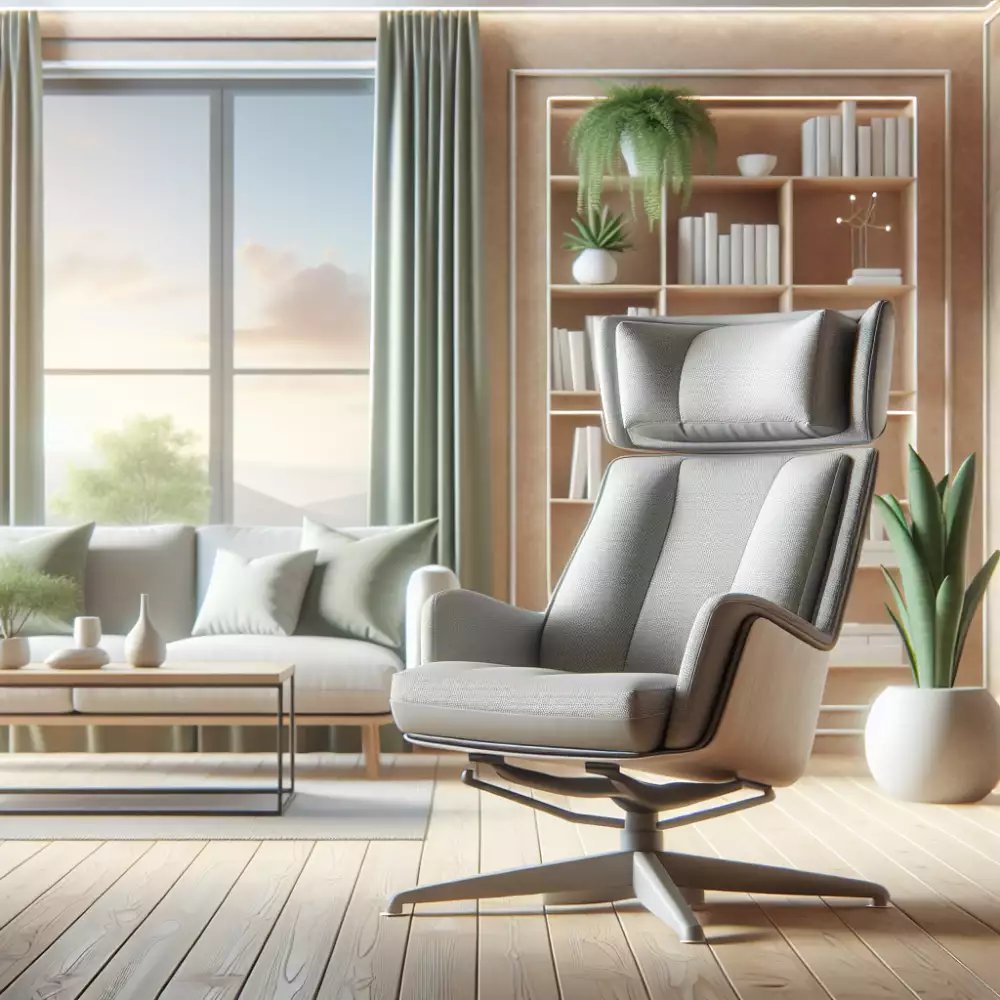
Consulting with a Healthcare Professional
It's crucial to remember that everyone's body is different, and what works for one person may not work for another. If you're experiencing back pain, don't hesitate to consult with a healthcare professional. They can help you understand the root cause of your pain and recommend the best course of treatment, which may include physical therapy, medication, or lifestyle modifications.
Your doctor or physical therapist can also provide personalized advice on choosing the right living room chair. They can assess your posture, body mechanics, and specific needs to determine what type of chair would offer the best support. They might suggest chairs with adjustable lumbar support, seat height, and armrest positions to ensure proper alignment and minimize strain on your back.
Remember, managing back pain often requires a multifaceted approach, and a healthcare professional can be your guide to finding the best solutions for your individual needs.
Additional Tips for Back Pain Relief
While the right living room chair can make a world of difference, remember these additional tips to help alleviate your back pain and improve your comfort:
Practice good posture even when sitting in a supportive chair. Maintain a straight back, avoid slouching, and keep your feet flat on the floor or use a footrest if needed. Incorporate regular exercise into your routine to strengthen your back and core muscles. Low-impact activities like swimming, walking, or yoga can be particularly beneficial. Manage your stress levels. Stress can manifest physically, often leading to muscle tension and increased back pain. Explore relaxation techniques like deep breathing exercises or meditation. Apply heat or cold therapy to the affected area. Heat can help relax muscles and reduce stiffness, while cold can numb pain and reduce inflammation. Consult with a healthcare professional or physical therapist for personalized advice and treatment options. They can assess your specific condition and recommend exercises, stretches, or other therapies tailored to your needs. Remember, finding the best living room chair for your back pain is an important step, but it's not a standalone solution. By combining a comfortable and supportive chair with these additional tips, you can create an environment that promotes back health and provides lasting relief.
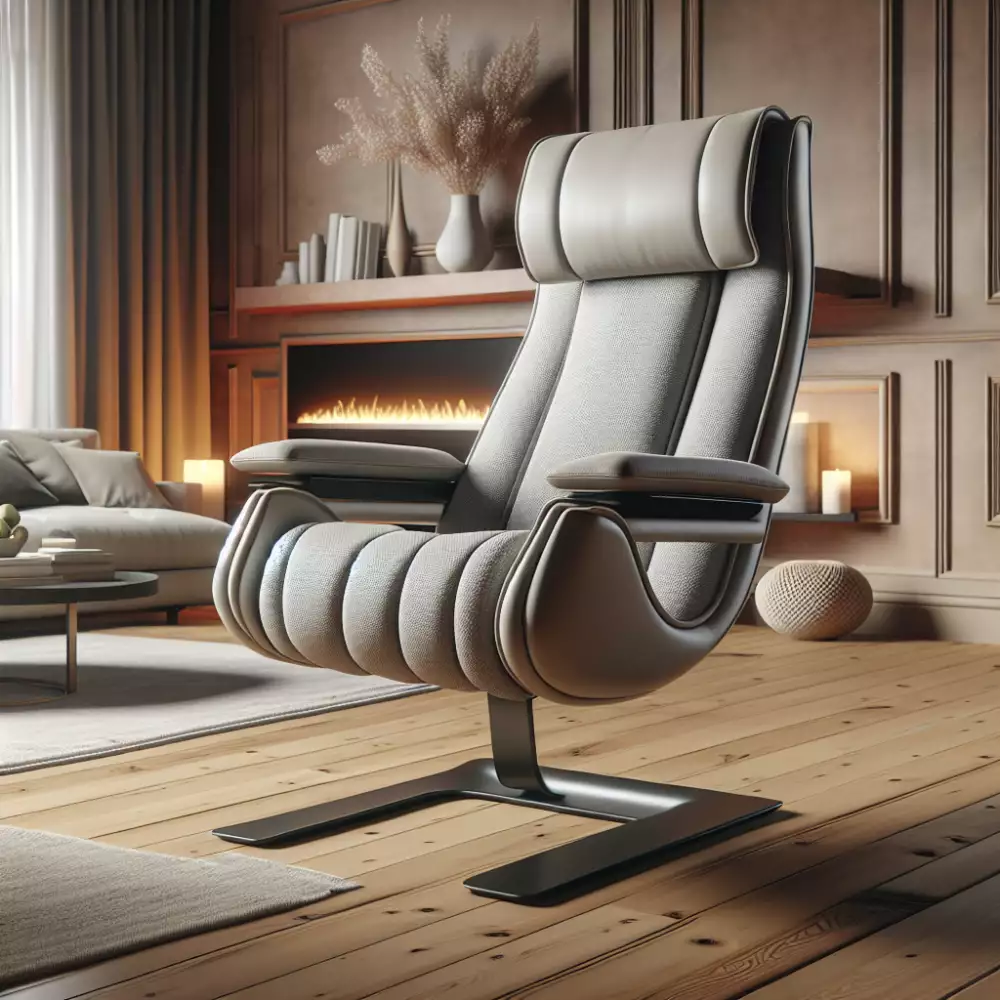
Recommended Chair Types
For those struggling with back pain, finding the right living room chair can be life-changing. Here are some chair types that often top the list for back pain relief and comfort:
- Recliners: Recliners allow you to adjust the angle of your back and elevate your legs, taking pressure off your spine. Look for recliners with lumbar support and adjustable headrests for personalized comfort.
- Zero Gravity Chairs: Inspired by NASA, these chairs distribute your weight evenly, mimicking the feeling of weightlessness and reducing strain on your back.
- Wingback Chairs: While not specifically designed for back pain, wingback chairs offer excellent back support thanks to their high, curved backs. Choose one with a firm cushion and consider adding a lumbar pillow for extra support.
- Ergonomic Chairs: These chairs are designed with the body's natural curves in mind. Look for ergonomic chairs with adjustable lumbar support, seat depth, and armrests to fine-tune your comfort.
- Club Chairs: Traditionally known for their deep seats and plush cushions, club chairs can be a good option if you prefer a more classic style. Opt for a firmer cushion and add lumbar support with a pillow if needed.
Ultimately, the best chair for back pain is one that feels most comfortable and supportive for your unique needs. Don't hesitate to try out different chairs and consider consulting with a healthcare professional or ergonomist for personalized recommendations.
Budget Considerations
When searching for the perfect living room chair to alleviate back pain, it's easy to get overwhelmed by the array of choices and price tags. Remember, investing in your back health is crucial, but that doesn't necessarily mean breaking the bank. Set a realistic budget before you start shopping.
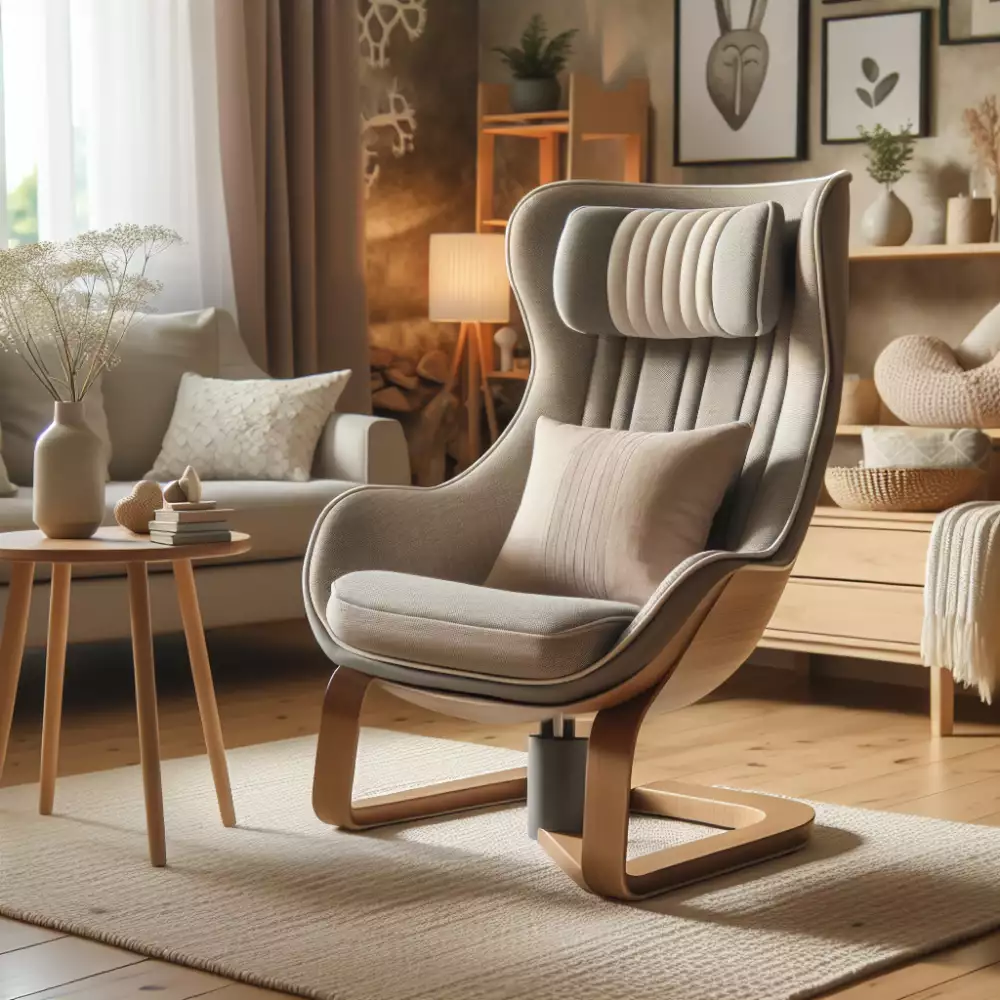
| Chair Model | Lumbar Support | Reclining Options | Price Range (USD) |
|---|---|---|---|
| Lazyboy Reese Recliner | Excellent - Adjustable Lumbar Pillow | Multiple Reclining Positions | $800 - $1200 |
| Ashley Yandel Power Lift Recliner | Good - Built-in Lumbar Support | Power Lift and Recline | $500 - $700 |
Affordable options like zero gravity chairs or recliners with lumbar support can provide significant relief without costing a fortune. Consider a high-quality cushion or pillow designed for back pain if you're on a tighter budget. These can enhance the support of your existing furniture.
While it's tempting to go for the cheapest option, remember that quality often comes at a price. A well-built chair with proper ergonomic features will likely last longer and provide better support in the long run, proving more cost-effective over time. Don't hesitate to explore financing options or sales events to make your purchase more manageable.
Maintenance and Care
Regular maintenance can significantly prolong the lifespan of your chair and ensure it continues to provide optimal support. Vacuum your chair regularly with an upholstery attachment to prevent dust and crumbs from settling into the fibers. Spot clean spills immediately with a clean, damp cloth, using gentle blotting motions. Avoid harsh chemicals or abrasive cleaners, as these can damage the upholstery. Check the manufacturer's instructions for specific care guidelines, as different materials may require different cleaning methods. For leather chairs, use a leather conditioner every few months to keep the material supple and prevent cracking. Regularly inspect the chair's legs, arms, and base for any loose screws or signs of wear and tear. Tighten loose screws promptly and address any damage immediately to prevent further deterioration. If your chair has removable cushions, fluff them regularly to maintain their shape and support. By following these simple maintenance tips, you can keep your living room chair looking its best and providing optimal comfort and support for years to come.
Creating a Back-Friendly Living Room
Choosing the right furniture can make all the difference when it comes to back pain. This is especially true for your living room, where you likely spend a significant amount of time relaxing. A back-friendly living room starts with the right chair. But with so many options, how do you choose the best living room chair for back pain sufferers?
First, consider the chair's support. Look for a chair with good lumbar support that promotes proper spinal alignment. A chair with adjustable features, like a reclining back or adjustable headrest, can further personalize your comfort and support.
Next, think about the chair's material and cushioning. Opt for firm, supportive cushions that don't sag. Memory foam or high-density foam are excellent choices. The chair's upholstery should be breathable and comfortable against your skin.
Don't forget about armrests! Armrests provide valuable support when getting in and out of a chair, which can be particularly helpful for those with back pain. Look for armrests that are the right height and width for you, allowing your elbows to rest comfortably at a 90-degree angle.
Finally, consider the overall design and size of the chair. Make sure it's easy to get in and out of, and that it fits well in your living room without feeling cramped. Remember, the most comfortable living room chair for individuals with back pain is one that prioritizes both support and comfort.
Ultimately, choosing the best living room chair for back pain relief is a personal journey. What works wonders for one person might not be suitable for another. Factors like body type, specific pain points, and personal preferences all come into play. However, by understanding the key features to look for – lumbar support, adjustable features, comfortable materials, and proper seat depth and height – you can significantly narrow down your options.
Remember to prioritize chairs that promote good posture and provide adequate support to your spine. Don't hesitate to spend time trying out different chairs and consider consulting with a healthcare professional or ergonomist for personalized recommendations. Investing in a chair that prioritizes your back health is an investment in your overall well-being, allowing you to enjoy your living space comfortably for years to come.
Publikováno: 04. 09. 2024
Kategorie: Health



